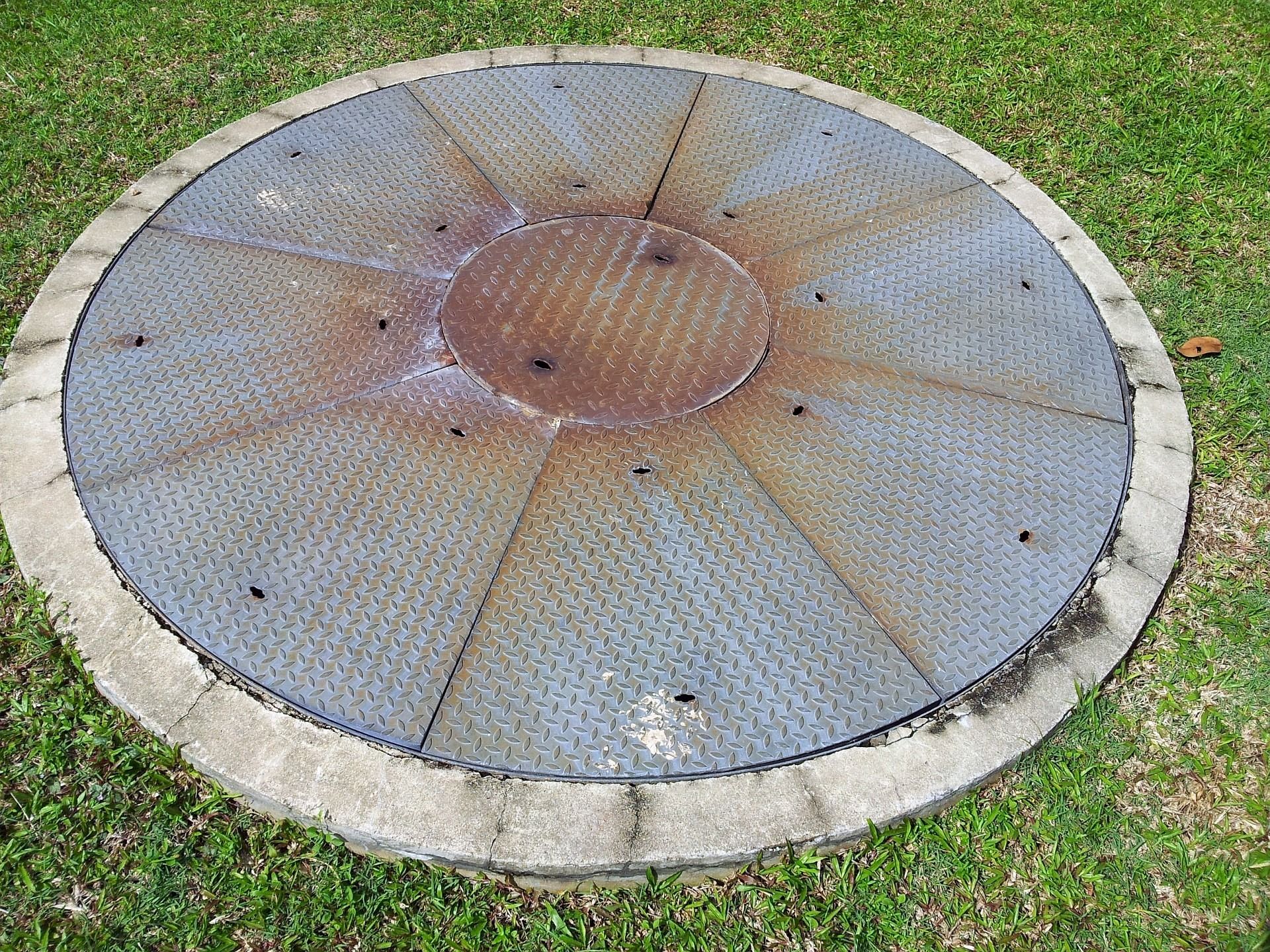How a Septic Drain Field Works
Septic systems are an essential part of a home’s wastewater treatment process. While many homeowners are familiar with the septic tank, fewer may understand the importance of the septic drain field. This crucial component serves as the final stage in the treatment of wastewater before it is safely dispersed back into the ground. Know the basics of how a septic drain field works, its critical role in maintaining a healthy septic system, and how homeowners can ensure its proper function.
What is a Septic Drain Field
Simply put, it is an underground area where the liquid waste from your septic tank is dispersed and naturally filtered back into the soil. The drain field is crucial to the overall functioning of your septic system, as it helps to prevent the buildup of sludge and scum in your tank.
A typical septic drain field consists of a series of perforated pipes laid out in trenches filled with gravel or other aggregate material. These pipes allow the liquid waste from the septic tank to flow into the drain field, where it is then absorbed and filtered by the surrounding soil. The soil acts as a natural filter, removing harmful bacteria and other contaminants before the liquid waste eventually gets absorbed into the groundwater.
If your septic drain field starts to show signs of failure, such as slow draining fixtures, foul odors, or standing water above the field, it is crucial to address the issue promptly to prevent further damage to your septic system and potential contamination of your property.
How a Septic Drain Field Works
A key component of a septic system is the drain field, also known as a leach field, absorption field, or leach bed. But how does a septic drain field work? Let’s break it down.
The septic drain field is the final step in the process of treating wastewater from your home. After wastewater leaves your house and enters the septic tank, it undergoes a separation process. Solids sink to the bottom of the tank and form sludge, while lighter materials like grease and oil float to the top and create scum. The relatively clear water that remains in the middle, known as effluent, is what flows out of the septic tank and into the drain field.
The drain field is a series of perforated pipes or trenches that are buried underground. The effluent from the septic tank flows into these pipes or trenches and gradually leaches out into the surrounding soil. As the effluent filters through the soil, it is further treated by a combination of physical, chemical, and biological processes. The soil acts as a natural filter, removing harmful bacteria, viruses, and nutrients before the treated water eventually reaches the groundwater.
To ensure that your septic drain field operates effectively, there are a few key factors to consider. First, the drain field must be properly sized to accommodate the volume of wastewater generated by your household. It’s important to have your septic system inspected regularly to prevent overloading the drain field, which can lead to clogs, backups, and potential system failure.
The soil composition and drainage capacity of your property play a crucial role in the performance of your drain field. Soil that is too compacted or doesn’t allow for adequate percolation can impede the treatment process and lead to system malfunctions. It’s also important to avoid planting trees or shrubs near the drain field, as their roots can infiltrate the pipes and disrupt the flow of effluent.
Common Problems of a Septic Drain Field
Drain fields are prone to common problems that can lead to major issues if left untreated.
Clogging
Clogging is another common problem that can affect septic drain fields. This occurs when solid waste buildup in the pipes or soil, causing blockages that prevent proper drainage. Clogging can be caused by flushing non-biodegradable items down the toilet, excessive use of household chemicals, or lack of regular septic tank pumping. To prevent clogging, it is important to practice proper septic system maintenance and avoid disposing of harmful substances in the drain field.
Saturation
Saturation in a septic drain field can be caused by a variety of factors, including excessive rainfall, overuse of water in the home, or a malfunction in the septic system itself. When the drain field becomes saturated, it is unable to properly absorb and filter the wastewater from the septic tank, leading to a backup of sewage.
Tree root infiltration
Tree roots are naturally drawn to sources of water, making the drain field an attractive target for them. As the roots grow, they can break through the pipes and block the flow of water, leading to backups and potential septic system failures. In addition to causing plumbing issues, tree root infiltration can also damage the overall structure of the drain field, leading to costly repairs.
Compaction
Another common issue with septic drain fields is soil compaction. This occurs when the soil in the drain field becomes dense and compacted, preventing proper drainage and filtration of wastewater. Compaction can be caused by heavy machinery driving over the drain field, improper installation, or lack of proper maintenance. To address soil compaction, it may be necessary to aerate the soil or replace it with new soil to improve drainage.
Poor maintenance
A septic drain field, also known as a leach field, is the underground area where wastewater from a septic tank is discharged and treated by the soil. The drain field is responsible for filtering and purifying the liquid waste before it is released back into the ground. If the drain field is not properly maintained, it can become clogged and cause sewage to back up into your home or yard.
Chemical contamination
Chemical contamination in a septic drain field can occur for several reasons. One common cause is the introduction of harsh chemicals into the septic system. Household cleaning products, pesticides, and even some personal care products can contain chemicals that are harmful to the delicate balance of bacteria that break down waste in the septic tank. When these chemicals make their way into the drain field, they can disrupt the natural processes that occur there, leading to clogs, backups, and even system failure.
Having trouble with your Septic Drain Field?
To ensure that your septic drain field remains in optimal condition, it’s important to have it regularly maintained by professionals. That’s where Two Anchors Plumbing comes in. With their expertise and experience in septic system maintenance, they can help keep your drain field in top shape and prevent any potential problems.
Don’t wait until it’s too late – contact Two Anchors Plumbing today to schedule your septic system maintenance and keep your home running smoothly.





